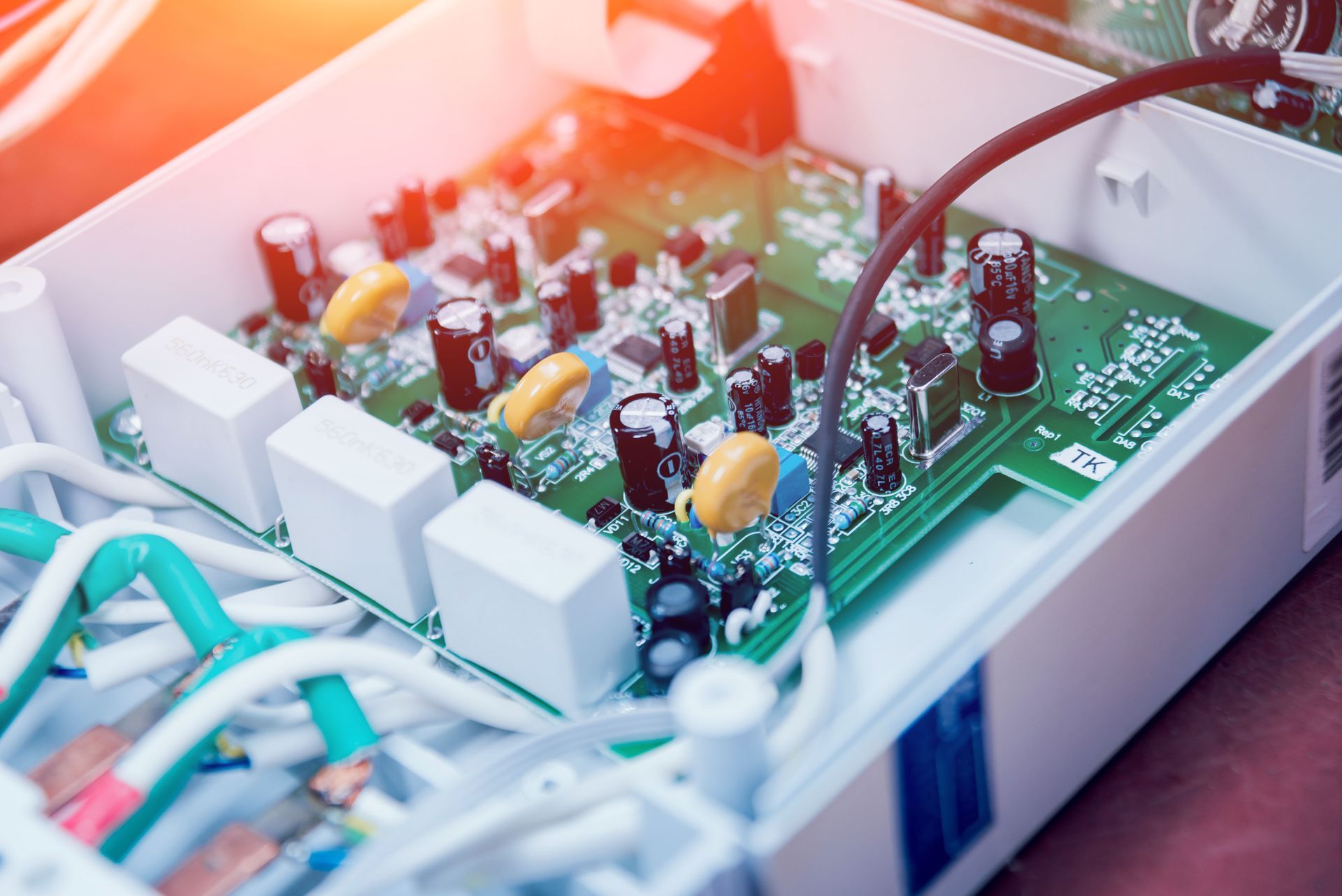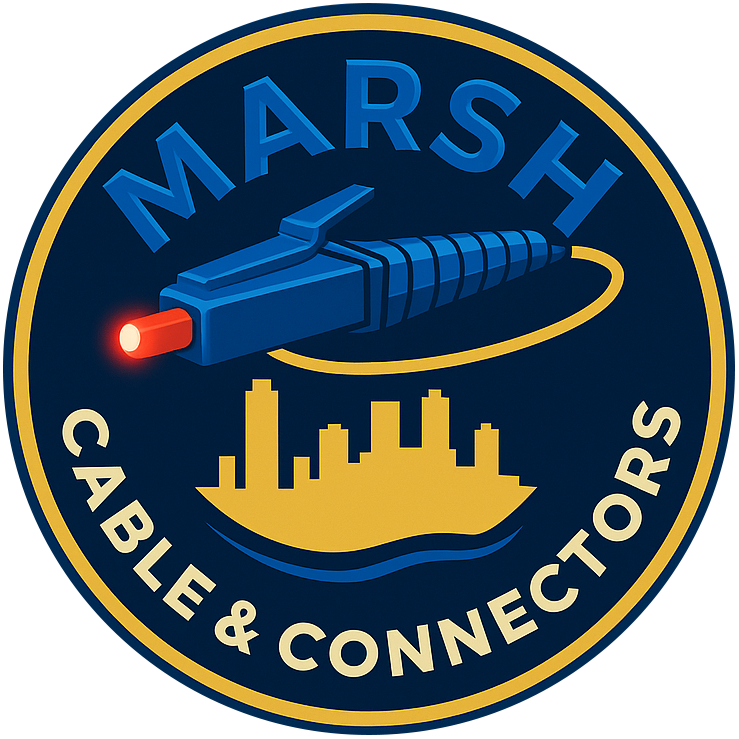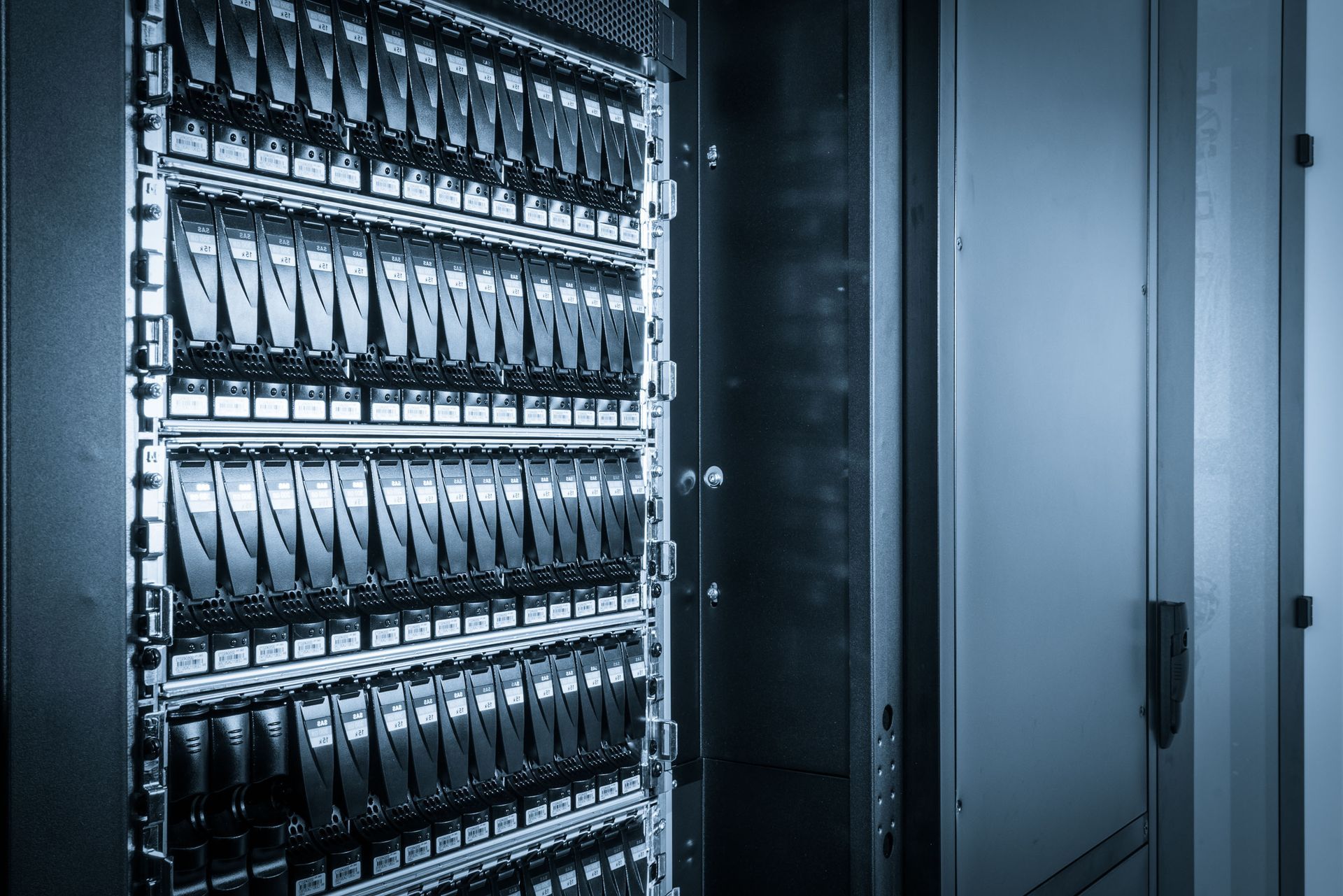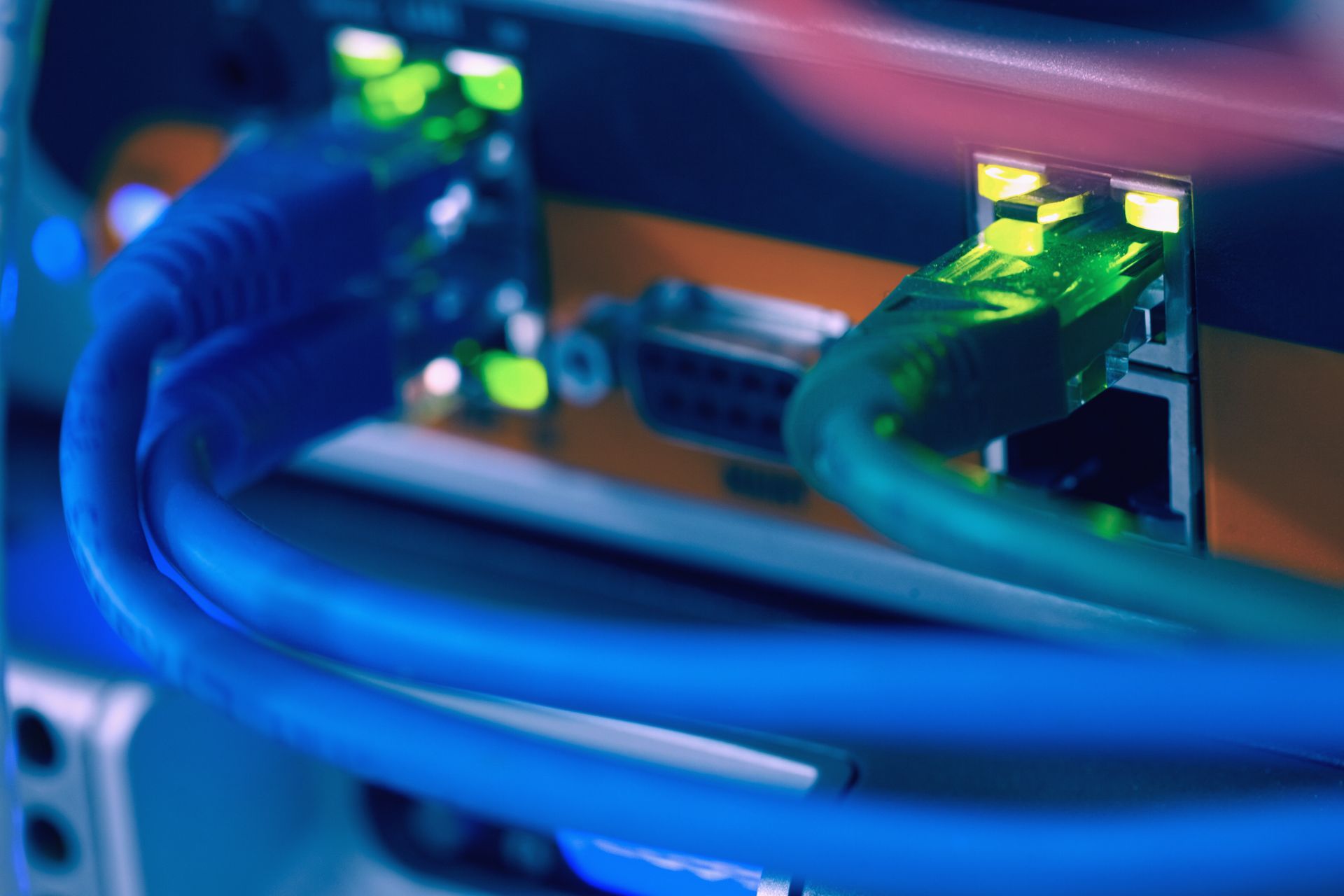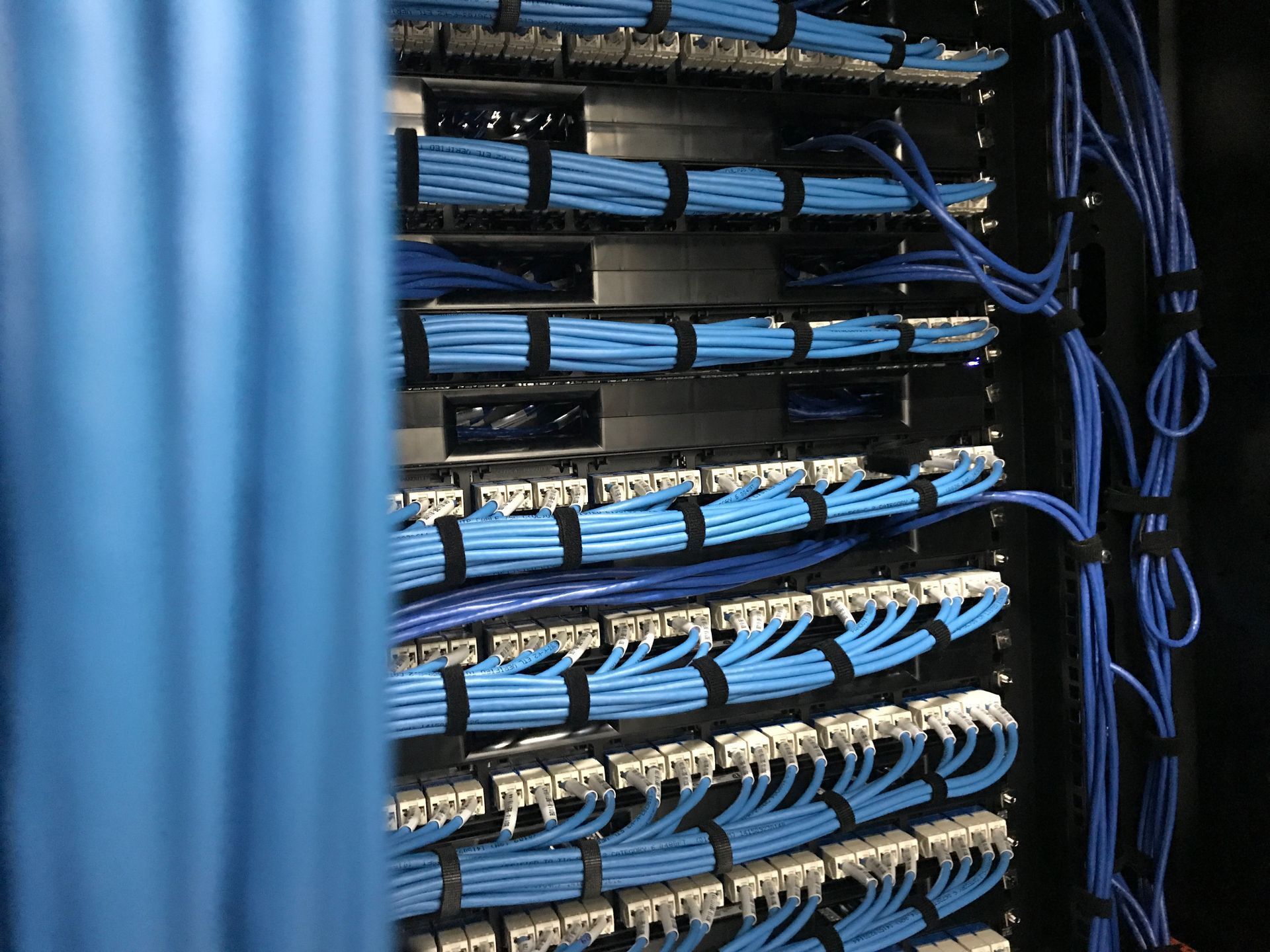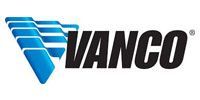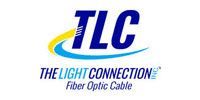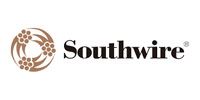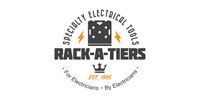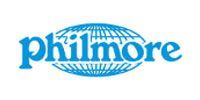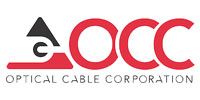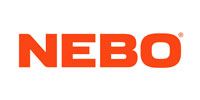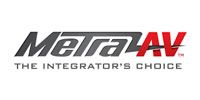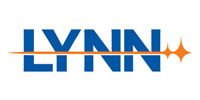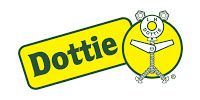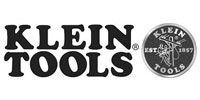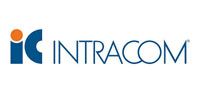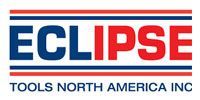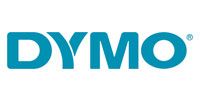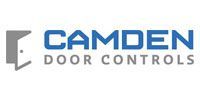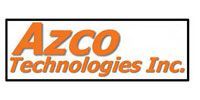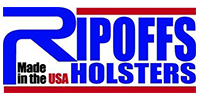November 4, 2025
Cables are the unsung heroes of modern infrastructure, powering everything from residential buildings to industrial facilities. Choosing high-quality cable supplies is crucial for ensuring both safety and performance. Reliable cables reduce the risk of malfunctions, improve energy efficiency, and help maintain seamless data transmission. With technological progress pushing industries toward smarter, faster systems, the importance of dependable cable solutions continues to rise. This article explores the primary types of cables, what to look for in reliable suppliers, and how cable quality directly impacts overall project success.
Electrical Cables and Their Role in Infrastructure
Electrical cables remain the foundation of power distribution systems across industries. They are designed to transmit electricity safely and efficiently from power sources to appliances, equipment, and control systems. Properly chosen cables enhance performance while reducing energy loss, overheating, and electrical hazards. High-quality insulation, correct wire gauge, and durable materials are essential to maintaining reliability and compliance with safety standards. According to Electronic Specifier, choosing reliable, standardized cables is critical for maintaining communication integrity and ensuring a stable electrical supply across systems. This underscores the value of sourcing dependable electrical cable supplies from reputable manufacturers.
The insulation material—often PVC, rubber, or thermoplastic—affects a cable’s flexibility, heat resistance, and lifespan. Premium insulation helps prevent short circuits and minimizes maintenance needs, contributing to lower operating costs. Electrical installations that utilize superior-grade cables are safer, more efficient, and better equipped to handle heavy electrical loads. Ultimately, partnering with suppliers who provide consistent quality and adhere to regulatory requirements ensures long-term success and operational reliability.
Networking Cables and Data Connectivity
Networking cables form the backbone of digital communication systems. They enable smooth data transfer between devices and networks, which is essential for business operations and technological connectivity. Twisted pair, coaxial, and fiber optic cables each serve specific purposes depending on speed, distance, and environmental demands. With innovations like Cat6 and Cat6a cables, modern networks now support faster data transmission rates and minimal signal interference. According to Electronic Specifier, these types of networking cables can support communication speeds up to 1 Gbps, providing efficient, lag-free performance for large-scale networks.
Investing in high-quality cable supplies for networking ensures long-term reliability and minimizes downtime. Shielded cables help prevent electromagnetic interference (EMI), maintaining signal integrity even in environments with heavy electronic activity. For enterprises handling extensive data traffic, superior networking cables are indispensable to maintaining communication quality. As digital infrastructures expand, selecting the right cable for speed, distance, and environmental conditions is vital for achieving uninterrupted data connectivity.
High-performance networking cables also contribute to energy efficiency and cost savings over time. By reducing signal loss and minimizing the need for frequent replacements or troubleshooting, they lower operational expenses and enhance system uptime. In mission-critical environments such as data centers, hospitals, and financial institutions, reliable cable supplies prevent costly disruptions and support continuous workflow. Additionally, modern networking cables are designed for flexibility and ease of installation, allowing IT teams to adapt quickly to changing infrastructure needs while maintaining optimal performance.
Coaxial and Fiber Optic Cables in Modern Systems
Coaxial cables continue to be integral in telecommunications, broadcasting, and internet services. Their unique structure—a central conductor surrounded by insulation and a metallic shield—reduces electromagnetic interference and preserves signal strength over long distances. They remain the preferred choice for high-frequency transmissions such as cable television and broadband internet. The durability and shielding quality of coaxial cables determine their performance, especially in commercial installations where reliability is paramount.
Fiber optic cables, on the other hand, revolutionized data transmission with their ability to transfer information as light signals rather than electrical impulses. They offer unmatched speed and bandwidth, making them indispensable for telecommunications, data centers, and 5G networks. Fiber optics are resistant to electromagnetic interference and can transmit data over long distances with minimal signal loss. Though installation costs can be higher, their longevity, clarity, and speed make them an invaluable investment for modern infrastructure. Together, coaxial and fiber optic cable supplies shape the efficiency and reliability of global communication systems.
Specialty Cables and Industry-Specific Solutions
Not all projects can rely on standard cables. Specialty cables are engineered for demanding applications, from high-temperature environments in manufacturing plants to non-toxic installations in healthcare facilities. These tailored solutions ensure safety and performance under specific operating conditions. For instance, aerospace and defense industries depend on cables with exceptional resistance to heat and abrasion, while marine environments require waterproof and corrosion-resistant options.
The rise of eco-friendly and biodegradable cable options also reflects growing environmental awareness. Innovative materials now allow for flexible, durable, and sustainable cable solutions across industries. Ruggedized cables enhance resilience in harsh outdoor or mobile settings, ensuring steady performance where reliability is non-negotiable. Selecting suppliers who offer a range of specialty cable supplies gives project managers the ability to meet precise technical and environmental standards.
Moreover, choosing suppliers that provide eco-conscious and specialized cable supplies demonstrates corporate responsibility and aligns with sustainability goals. Organizations can reduce their carbon footprint while maintaining high operational standards, which is increasingly valued by clients, partners, and regulatory bodies. Access to a diverse inventory of cables—including flame-retardant, waterproof, and high-temperature options—ensures that projects can meet stringent safety and performance requirements without compromise. By prioritizing both quality and sustainability, businesses position themselves for long-term success in an environmentally conscious market.
Reliable Cable Suppliers
The performance of any system ultimately depends on the quality and consistency of its components, making supplier selection a critical step. Reliable suppliers maintain rigorous quality assurance processes, adhere to international standards, and provide documentation verifying compliance. Certifications from organizations like UL or IEC signal a supplier’s commitment to excellence and safety. Moreover, established suppliers often offer diverse product catalogs, from electrical and networking cables to specialty designs, allowing for convenient, one-stop sourcing.
Industry reputation plays a major role in supplier reliability. Vendors with positive client feedback, proven track records, and responsive customer support tend to deliver consistent results. Strong after-sales service—including technical assistance and troubleshooting—ensures smooth operations even after installation. By partnering with reputable suppliers offering quality-tested cable supplies, project managers can mitigate risks, reduce downtime, and maintain long-term efficiency. Reliable supplier relationships ultimately translate into safer installations and better project outcomes.
The Impact of Cable Quality on Efficiency and Longevity
Cable quality directly influences project durability, performance, and cost-effectiveness. High-conductivity materials such as copper or aluminum minimize energy losses, ensuring optimal performance in both power and data systems. Likewise, superior shielding and insulation preserve signal integrity, preventing interference and maintaining consistent communication quality. Low-quality cables, by contrast, increase maintenance costs and pose safety risks, leading to costly system failures.
Durability also plays a key role in long-term efficiency. Cables exposed to moisture, heat, or physical stress must be engineered to endure challenging conditions. Quality manufacturing, proper insulation, and robust design protect cables against wear and tear, extending their lifespan and minimizing the need for replacement. Investing in superior-quality cable supplies not only enhances immediate performance but also reduces operational costs over time. When durability and conductivity are prioritized, projects achieve greater stability, reliability, and sustainability.
Reliable cabling solutions are at the heart of every successful electrical and networking project. From power distribution to data transmission, each cable type—whether electrical, coaxial, fiber optic, or specialty—plays a vital role in ensuring performance, safety, and longevity. Selecting high-quality cable supplies and partnering with reputable, compliant suppliers create a foundation for dependable infrastructure.
For businesses seeking expert guidance, precision, and dependable products, Marsh Cable & Connectors, Inc provides trusted cable solutions designed to meet modern industry standards. Contact Marsh Cable & Connectors, Inc today to discover how premium-quality cable supplies can optimize your project’s performance, reliability, and long-term success.
